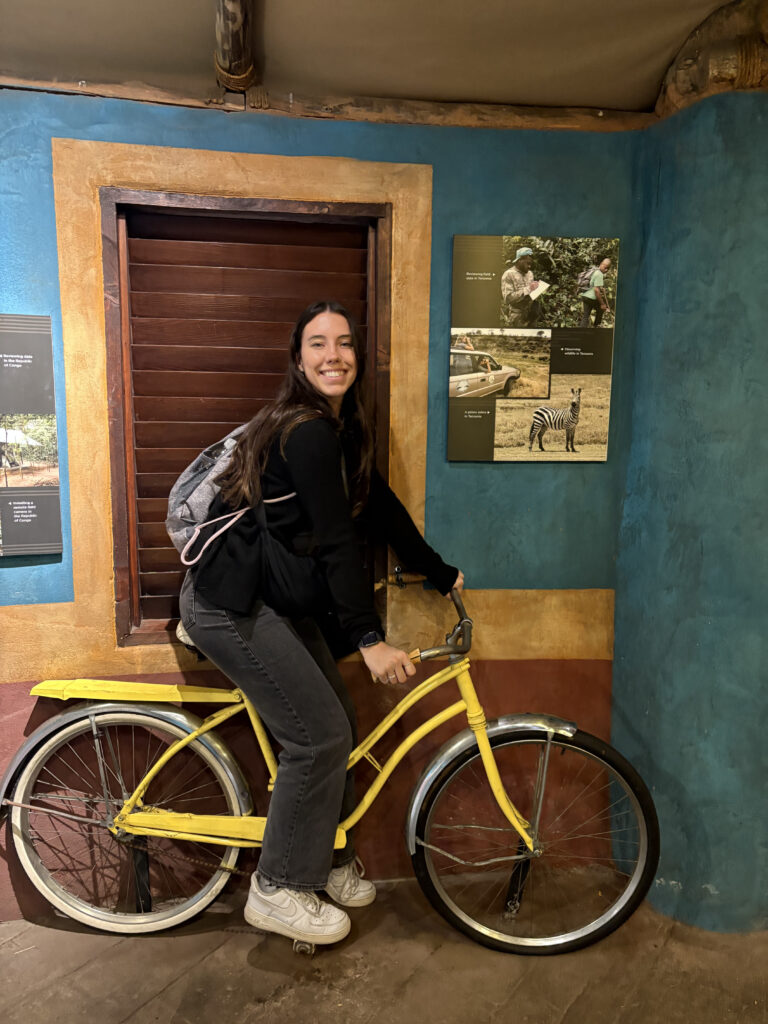
Hello and welcome to my site for my EDCI 335 and 339 classes! I am looking forward to finishing my final semester of my undergrad at UVIC by taking these classes, and getting to know the world of curriculum and instruction.
I am completing my Bachelor’s degree with a major in Sociology, and something that has always stuck with me is how much we interact as a species. Not only do we interact with each other to get by, but also across species and with the environment in general. The delicate nature of society is so interesting, and I would love to be able to communicate that in a classroom that I call my own to a class of primary-elementary students!
When I’m not studying or working, you can find me watching a TV series, knitting, beach-combing, or looking for the next best coffee shop in town. I hope we can get along and that this semester flies by in the best way possible!
Recent Comments